Table of Contents
Utility: Object Line Types
This allows you to set the line types on an object-by-object basis.
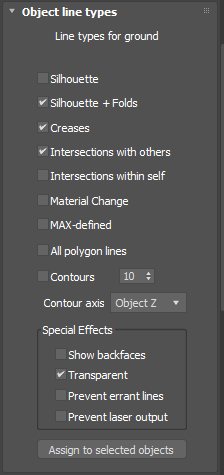
Assigning line types
To assign line types, first select the 3ds Max object (or objects) that you want to modify. Then click the check boxes to specify which line type you want (silhouette, creases, contours, etc.) for that object. Finally, click the Assign to selected objects button.
Example
For example, let's say that you have two shapes: a sphere and a soccer ball (picture 1 below).
- The default line types only shows the outline of both objects (picture 2).
- electing Silhouette and Contours shows something that is good for the sphere, but not for the soccer ball (picture 3).
- Selecting MAX-defined shows something that is good for the soccer ball, but probably draws too many lines for the sphere (picture 4).
Therefore, for these particular objects, it is best to select the Silhouette and Contours line types for the sphere, and the MAX-defined line type for the soccer ball (picture 5).
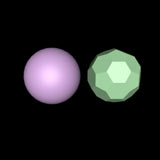 | 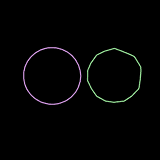 | 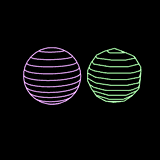 |
| 1: Original shaded objects | 2: Default line types | 3: Silhouette and Contours |
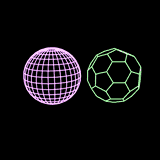 | 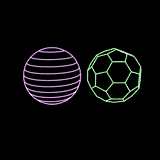 |
| 4: MAX-defined | 5: Silhouette and Contours for the sphere, MAX-defined for the soccer ball |
For the Contour line type, you can specify the contour axis. This is discussed in detail on the Contour axis topic page.
Special effects
In addition to the standard line types, there are three other line types available in this panel. These give you more control over the objects being rendered and allow special effects.
- Show Backfaces prevents hidden line removal from happening within the selected object. This makes the object look like a typical 3D laser frame with no hidden line removal within this object. Note that even though there is no hidden line removal within this object, this object will still hide other objects because it is not defined as Transparent.
- Transparent prevents this object from hiding other objects behind it. This is useful for creating transparent domes over other objects.
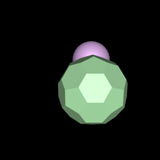 | 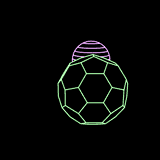 | 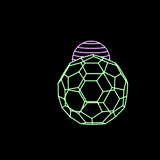 |
| Original shaded objects | Show backfaces and Transparency disabled | Soccer ball with Show backfaces enabled |
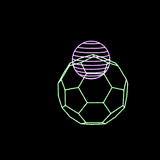 |
| Soccer ball with Transparency enabled |
Note that transparency and backfaces are two separate and different options. Making an object transparent does not allow you to see that object’s backfaces. Likewise, showing an object’s backfaces does not allow you to see through that object to other objects.
- Prevent Errant Lines prevents extra lines from appearing on meshes with degenerate polygons. These are particularly prevalent on the top of a Cone object in 3ds Max but may also appear on other objects. Lasershow Converter MAX normally treats degenerate polygons as back-facing. This helps rendering speed, but it may fool the Folds detector in Lasershow Converter MAX into thinking that a line should be generated where it should not. If you check the Prevent Errant Lines check box, Lasershow Converter MAX will examine degenerate polygons more closely and give them different treatment. This requires longer rendering time, but provides perfect results.
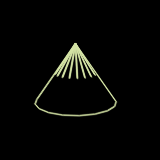 | 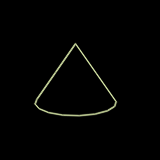 |
| Cone object without Prevent Errant Lines | Cone object with Prevent Errant Lines |
- Prevent Laser Output calculates the object, but does not actually write any data (points) to the laser frame. This lets the object mask or intersect other objects, without being seen. In a sense, the object becomes “black”. This is useful in several cases:
- To produce a hole in the laser output that exactly matches video or a slide. For example, to do laser on top of video, render the 3ds Max scene twice: once normally (AVI output) to produce the video background, and once using Lasershow Converter MAX to produce the laser overlay. For the video's AVI file, make the laser objects invisible. For the laser file, use Prevent Laser Output so the video objects are not visible.
- To do multi-scanner shows. For example, for a two-scanner-head show, render the 3ds Max scene twice: once for scanner 1 and once for scanner 2. For scanner 1, use Prevent Laser Output on all objects to be projected by scanner 2. Similarly, for scanner 2, use Prevent Laser Output for all objects to be projected by scanner 1.
- To hide certain objects (such as walls used to block the camera from seeing other objects) and keep them from producing points.